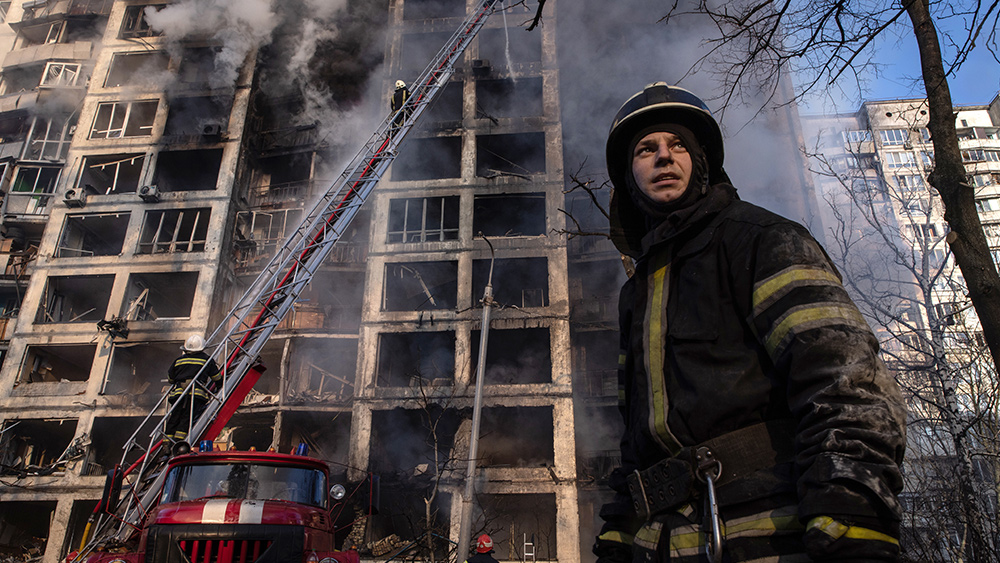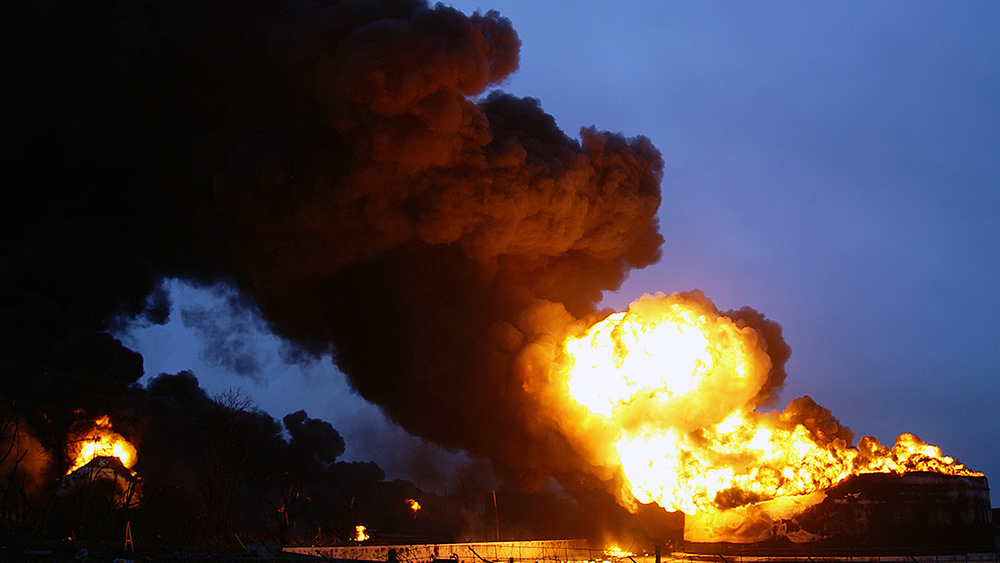
The Congress has so far approved at least $54 billion to aid Ukraine in its ongoing war with Russia. Various reports also put the amount of European Union (EU) aid at over €10 billion ($10.67 billion), although the amount is likely to be higher.
But in reality, the prospect of Ukraine getting the promised aid is grim.
When put together, the publicly acknowledged figure amounts to nearly $65 billion – around the same amount as Russia's annual military spending. The Congress is trying to fast-track the deal, prompting concerns that corrupt officials would gain from it.
And while the amount may give an impression that Ukraine will defeat the Russian forces, the situation on the ground says otherwise.
The political West's postindustrial economy and its ability to mass-produce affordable and easily replaceable military hardware has been put into question, with some believing that the "aid" from the U.S. and EU are essentially at half measure. More importantly, throwing money at a problem is unlikely to resolve it.
The hardware that Ukraine lost so far is difficult to determine as both sides provide different data. War footage taken by civilians and alternative media show that Ukraine's losses in manpower and equipment have been massive.
To replace the lost hardware, the Kyiv regime will require more resources and will need to acquire additional military hardware. (Related: Berlin agrees to send "tanks" to Ukraine but they're not going to be much help.)
Debts masquerading as "aid"
Paul Antonopoulos, a geopolitical expert, said corruption is the least of Ukraine's problems in this situation.
The "aid" will likely stay in the "donor" countries. The companies that will be producing these weapons will likely be the U.S. military-industrial complex, and household names such as Lockheed Martine, Boeing and General Dynamics will be getting the vast majority of the funds.
Weapons manufactured by these companies are not changing the strategic balance between Russia and Kyiv, but are instead prolonging the fight, leading to more military and civilian casualties. Logistics-wise, having many types of weapons could create problems for the Ukrainian military whose training and doctrinal incompatibility could lead to issues with their use. (Related: US weapons package for Ukraine includes 100 KILLER DRONES.)
Moreover, the "aid" provided by the U.S. and NATO countries is essentially a long-term loan that will have to be repaid over decades. The World War II-era Lend-Lease program for the then-USSR estimated at $160 billion in present-day dollars was repaid in full only in 2006. This could mean that Ukraine will be paying off the current aid, provided that there will be a viable Ukrainian state that can do so after the war ends.
Moody's, one of the top credit rating agencies in the world, has already downgraded Ukraine's credit rating to "poor" or a "very high credit risk." The agency also changed its outlook from "under review" to "negative," indicating that things could get even worse for the country.
Some of the issues that led the agency to give this rating include the risks of a severe debt burden which was prompted by the West's massive financial lending. This could see Kyiv's debt jumping from 49 percent of its GDP in 2021 to 90 percent in 2022.
According to the agency, these loans may allow Ukraine to pay back the huge military bills that are already currently accumulating and cover up other financial holes created by the conflict in the short term. However, in the long run, this could lead to debt restructuring or even default.
Watch the video to know more about the government's Ukrainian aid package.
This video is from the What is happening channel on Brighteon.com.
More related stories:
Sources include:
Please contact us for more information.




















